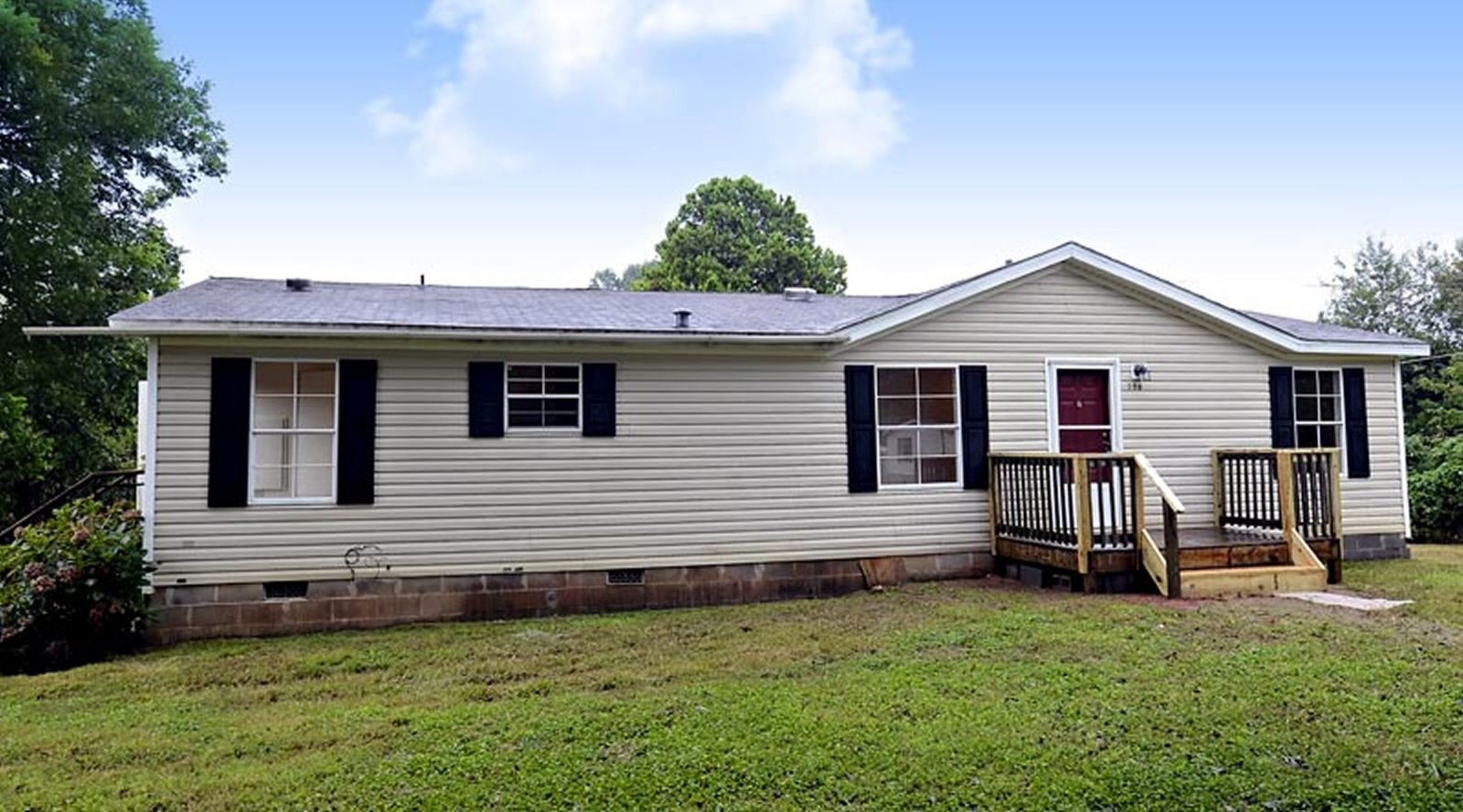
In recent years the lending industry has gone through a lot of ups and downs and changes, especially concerning manufactured homes. In the last real estate boom that ended abruptly in 2007 it was relatively easy to find financing for a manufactured home so long as it was newer than 1978. In the middle of the big crash (about 2012) it was actually very difficult to finance any manufactured home and impossible to finance a single wide. I suppose that was largely due to the fact that there were a high percentage of manufactured homes repossessed by the lenders during those hard times. Now that we are experiencing another boom time, the lenders have relaxed and have obtained a new appetite for that type of lending risk.
Even with that increased tolerance for that segment of the lending industry, they have tightened many of their rules for the collateral. For example, in the past lenders would require a Foundation Certification for any manufactured home that was being reviewed for an FHA or VA loan and if that certification had already been done, the seller could produce that evidence and the lender would approve. However, new rules require that each time the home is financed a new Foundation Certification must be done by a licensed engineer each time. That inspection and certification is two-fold. 1) They must certify that the home has tie downs sufficient to resist a maximum of a 67 and ½ mile an hour wind, and that the foundation is impervious to frost heave. Most pit-set homes automatically qualify for the latter.
Tie downs are simply metal straps or cables that are strategically placed along the perimeter of the manufactured home’s carriage frame and anchored to the ground with concrete pads so that the home is wind resistant. In the past, the price to retrofit a home that did not have such tie downs has been a very costly surprise to home owners at point of sale. One new innovative method for tie downs (Oliver Technologies Inc – model 1100 V Vector System) is engineered to withstand the wind shear but is considerably less expensive and much easier to install than older methods. This system of anchor and lateral-longitudinal bracing is only required at opposing corners of the home, rather than along the whole perimeter. If you have plans to sell and your home does not meet the standards described above, call a real estate professional who can guide you in the right direction.

Jim Palmer, Jr.
509-953-1666
www.JimPalmerJr.com

See my blogs at:
www.RealEstateMarketPlc.com
Two Multiple Listing Services
Professional Representation for Buyers & Sellers
Residential • Acreage • Residential Acreage
Waterfront • Ranch • Farm